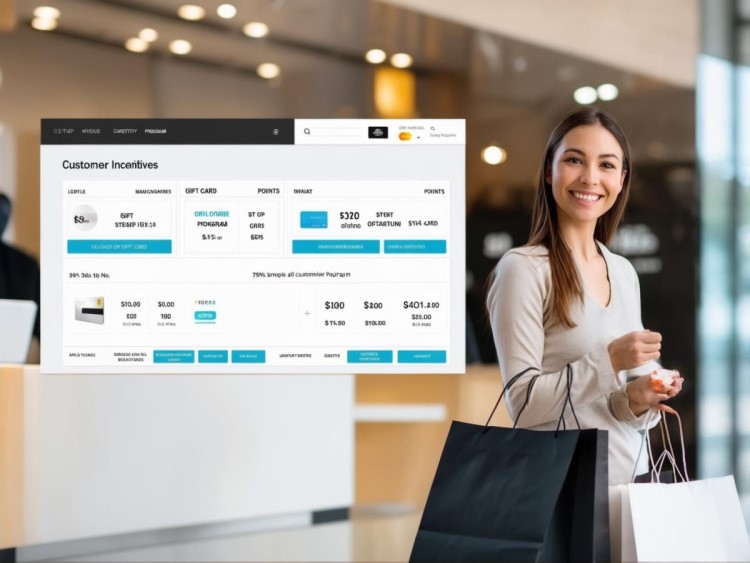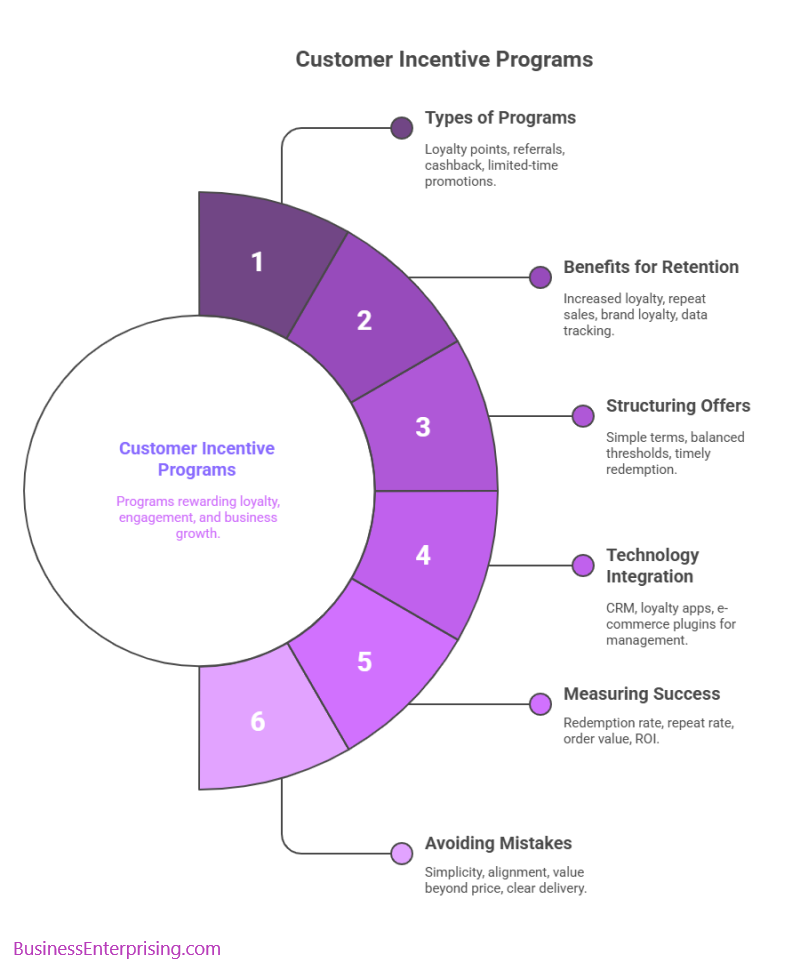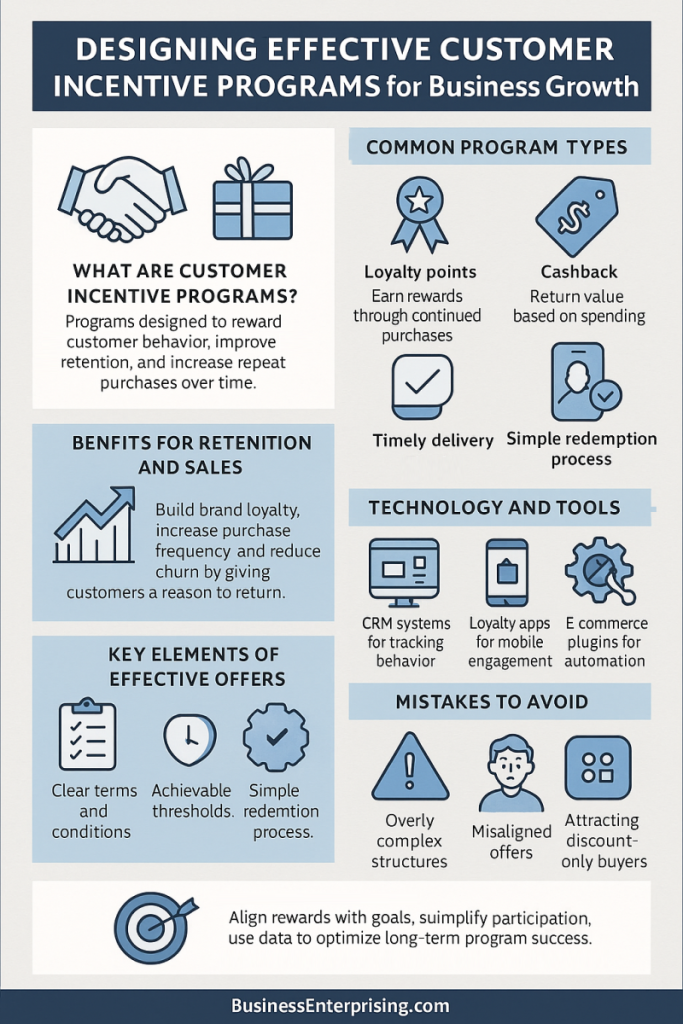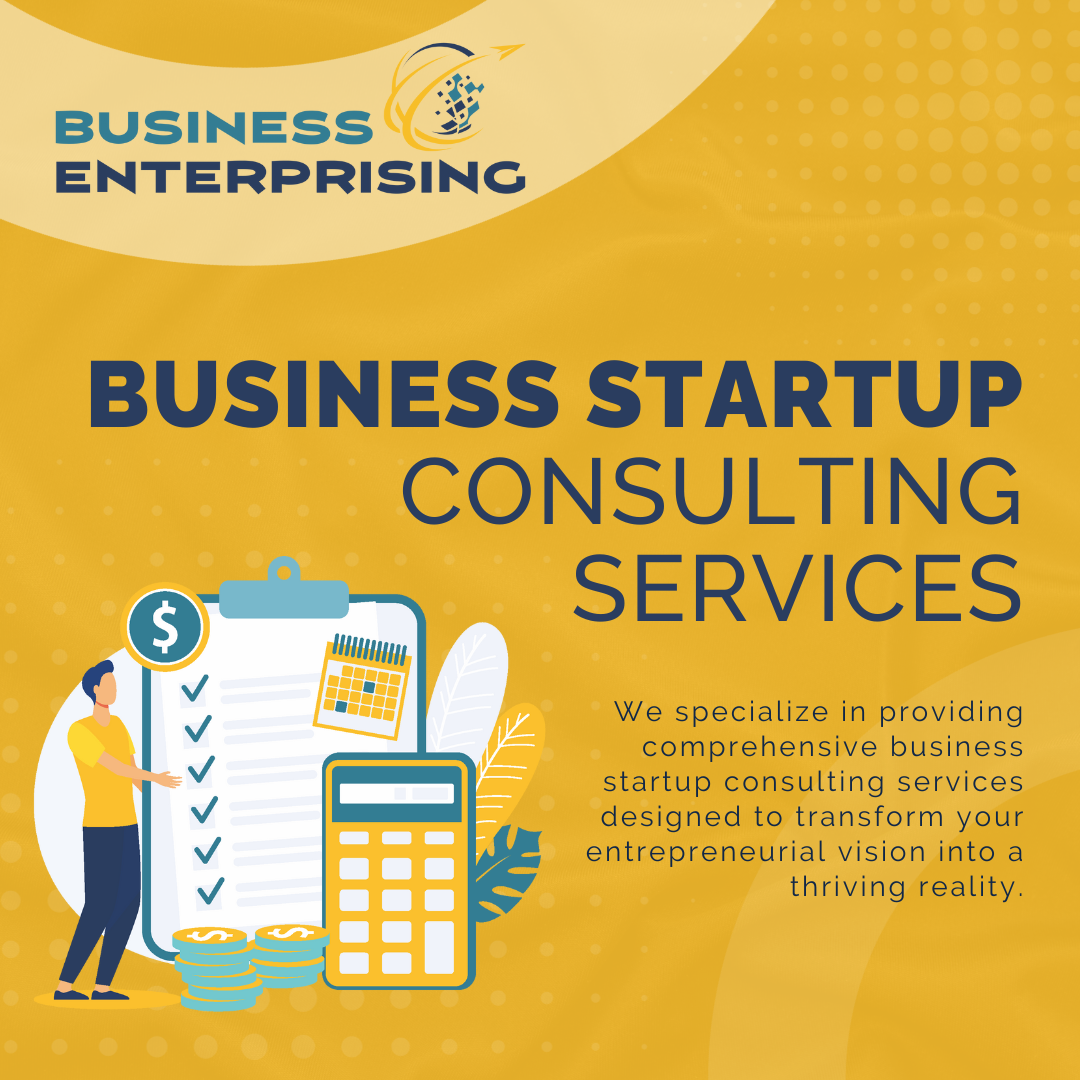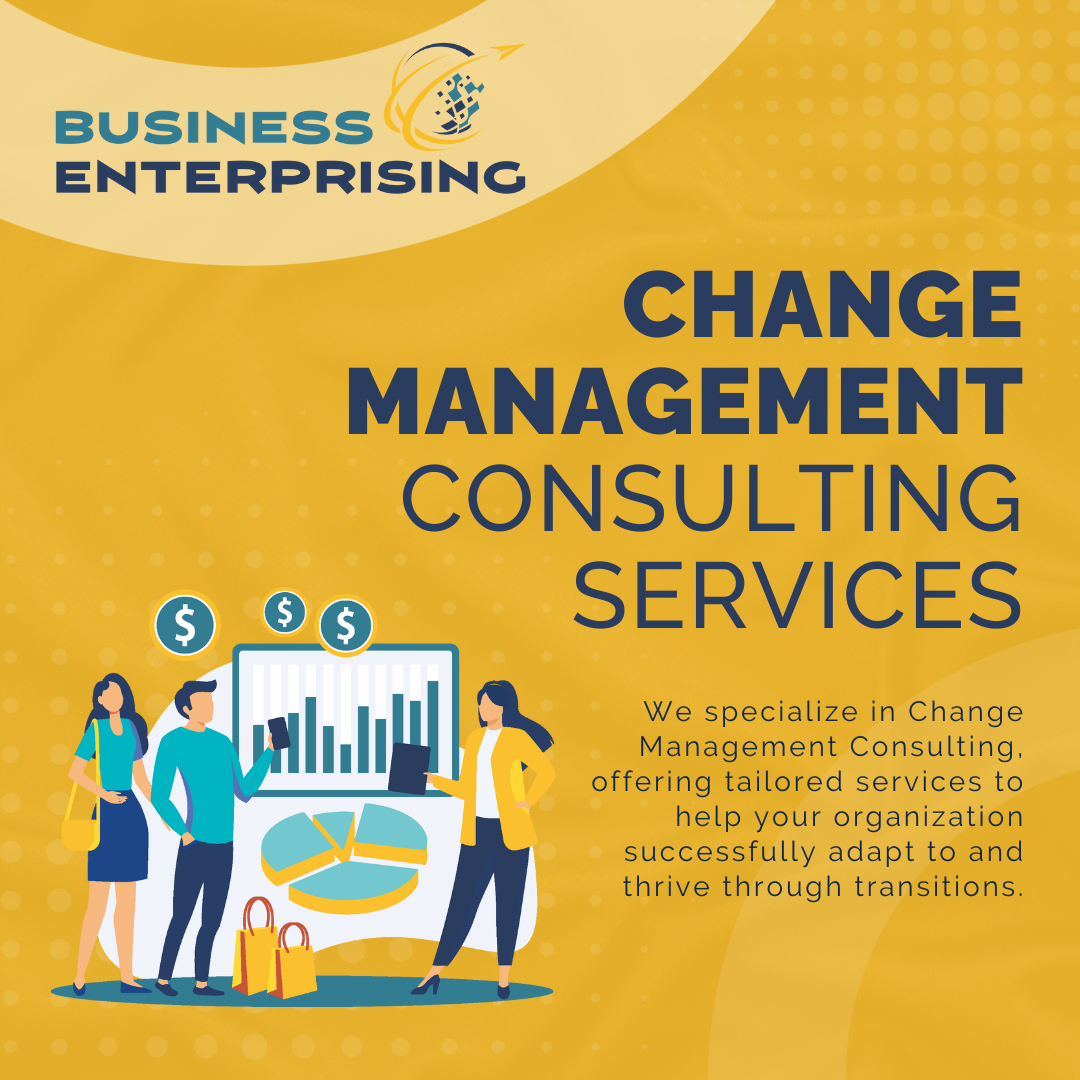
Additionally, incentives must feel worth the effort. If your customers don’t see the benefit, they won’t stay engaged. That’s why your offer should match their interests and behavior. However, the best programs also align with your business goals. When both sides benefit, the results last longer.
You also want to track what’s working and what’s not. Data can show which rewards lead to more purchases or stronger loyalty. Therefore, build tracking into your process from the start. Additionally, keep the rules and steps easy to follow. Confusion leads to lower participation and weaker results.
Customer retention costs less than new customer acquisition. That makes incentive programs a smart investment. However, they must evolve with your audience and product. Therefore, update offers based on feedback and performance. A strong program builds habits that lead to repeat business and long-term value.
Types of Customer Incentive Programs
Customer incentive programs come in several forms. Each one gives your customers a reason to keep buying from you. However, the format you choose should match your business goals. Some programs reward loyalty, while others focus on referrals or short-term sales boosts.
Loyalty point systems are among the most common. Customers earn points for purchases and redeem them later for discounts or products. Therefore, they have a reason to return instead of trying a competitor. Additionally, point programs can be easy to manage through your website or app.
Referral rewards offer value to both your current customer and their friend. You reward the customer for spreading the word. Additionally, you gain a new customer who arrives with built-in trust. Therefore, this format supports growth without the full cost of advertising.
Cashback offers also motivate customers to buy more. These give people a small percentage of their purchase back as credit. However, they only work when the reward feels real and timely. Therefore, explain the process clearly and make the rewards easy to use.
Limited-time promotions add urgency to the mix. These can include flash sales, free gifts, or exclusive bundles. Additionally, they encourage fast decisions from your audience. However, avoid running these too often or they lose impact.
Customer incentive programs work best when they’re simple, relevant, and consistent. Therefore, choose a format that fits your audience and supports your overall goals.
Benefits for Customer Retention and Repeat Sales
Customer incentive programs help keep your customers engaged over time. They offer reasons to stay loyal rather than switch brands. However, the value must feel real to the customer. Points, perks, or exclusive access can all influence long-term behavior. Therefore, use rewards that match your audience’s interests.
Additionally, incentives remind customers to come back. A discount or reward often triggers another purchase. That return visit strengthens the connection between your brand and their buying habits. Therefore, repeat sales grow more consistent. However, you must follow through clearly and promptly. Delayed rewards lose impact fast.
Brand loyalty builds when customers feel recognized. Small gestures can go a long way. Therefore, even a thank-you message or special birthday offer makes a difference. Additionally, loyal customers often spend more over time. They trust your products and stop shopping around. That trust helps stabilize your revenue and reduce churn.
Customer incentive programs also make it easier to track buying patterns. You can use that data to improve future offers. Therefore, your program becomes smarter over time. Additionally, satisfied customers are more likely to refer others. This gives you a second benefit from one well-executed strategy. When you focus on retention, you spend less on new customer acquisition. That makes every sale more profitable and your business more predictable.
How to Structure Effective Incentive Offers
A well-structured incentive offer gives your customers a clear reason to act. Confusion leads to lost interest and fewer redemptions. Therefore, keep the terms simple and easy to understand. Avoid fine print that creates doubt or delays action. However, make sure the offer feels worthwhile and specific.
Additionally, set reward thresholds that balance value with profit. Customers need to see the reward as reachable. If it feels too far away, they may not try. Therefore, test different spending levels or actions to find the best response. However, keep the math easy. Complicated rules often frustrate users.
Timing also plays a big role. Limited-time offers encourage quick decisions. Ongoing programs reward consistency. Therefore, choose a time frame that fits your goal. Additionally, make sure your promotion aligns with your sales cycle. Well-timed incentives often push buyers off the fence.
Redemption should feel easy and fast. If the process is confusing or slow, people may never claim their reward. Therefore, make the next steps obvious. Send reminders if needed. Additionally, give customers options for how they use their reward. That flexibility improves the experience.
Customer incentive programs only succeed when people use them. Structure your offers to remove friction and reward action. That balance builds trust and repeat business.
Using Technology to Manage Incentive Programs
Technology makes it easier to run customer incentive programs without losing time or accuracy. It helps you track rewards and automate tasks. However, not all tools are created equal. Therefore, choose systems that match your goals and integrate with what you already use.
CRM software helps you store and analyze customer data. You can track who earned rewards and when to follow up. Additionally, CRMs let you segment your audience. That means you can send personalized offers based on behavior. However, keep your system clean. Too much clutter reduces the tool’s value.
Loyalty apps also help you manage customer rewards. Many of them offer point tracking, digital cards, and mobile access. Therefore, your customers can see their progress in real time. Additionally, these apps often sync with your website or store system. That streamlines updates and reduces errors.
If you run an e-commerce site, plugins can handle most reward functions. You can create rules, track purchases, and automate emails. Therefore, the entire process works in the background. However, test the plugin before going live. Make sure it does what you expect. Additionally, technology helps you measure success. You can see what offers convert and what gets ignored. That feedback helps you improve faster. When used well, tech makes customer incentive programs easier to scale and manage with confidence.
Measuring Success and ROI
You cannot improve what you do not measure. That idea applies directly to customer incentive programs. However, guessing rarely leads to better outcomes. Therefore, track a few key metrics to understand what’s working and what needs adjusting.
Redemption rate is one place to start. It tells you how many people actually use the rewards you offer. If redemption is low, something may be off. Therefore, review the reward type, the rules, or the timing. Additionally, compare redemption by segment. One group may respond better than another.
Repeat customer rate helps you see long-term engagement. If your program works, customers should return more often. Therefore, monitor how often someone buys after joining the program. However, look for steady patterns, not just short spikes. Consistency shows that your strategy adds value.
Average order value also matters. Incentives should increase how much people spend per visit. Therefore, track changes before and after enrollment. Additionally, note which offers lead to higher cart totals. That insight helps you shape better promotions in the future.
You should also look at ROI. Compare the cost of your rewards to the extra revenue they create. However, factor in lifetime value, not just one sale. When measured correctly, customer incentive programs show clear financial impact and give you a solid path for growth.
Avoiding Common Mistakes in Incentive Design
Customer incentive programs can lose effectiveness when poorly designed. A common mistake is making the rewards too complicated. If customers don’t understand how to earn or use them, they stop trying. Therefore, keep the structure simple and easy to follow. However, simplicity should not come at the cost of value.
Another mistake is misalignment between the reward and your audience. If the offer doesn’t match customer interests, it won’t drive action. Therefore, use data or feedback to guide your incentive choices. Additionally, test different options to see what performs best. However, don’t assume one offer fits every segment.
Some programs attract only discount-seekers. These customers look for the cheapest deal and leave when it ends. Therefore, focus on value beyond price. Include service, access, or long-term perks when possible. Additionally, communicate benefits that appeal to loyalty, not just savings. That shift helps build deeper relationships.
Over-promising can also hurt your brand. If you advertise a reward and fail to deliver, trust breaks fast. Therefore, always follow through and deliver exactly what you promised. However, set clear expectations from the start. That way, your customers feel satisfied rather than surprised. Avoiding these common pitfalls keeps your program strong. Well-designed customer incentive programs build loyalty, not confusion or short-term gain.
Conclusion
Customer incentive programs work best when built on clear goals, strong value, and consistent delivery. They do more than drive sales. When used well, they support retention, increase purchase frequency, and strengthen brand loyalty. However, these outcomes only happen with thoughtful planning and regular improvement.
Additionally, your program should serve both your customers and your business. A good incentive structure feels fair and easy to use. Therefore, track your results often and adjust based on performance. Test new ideas and remove what doesn’t help. That way, you build a program that stays effective over time.
Technology can make everything easier. From tracking redemptions to automating communication, the right tools reduce workload and improve accuracy. Therefore, choose systems that match your business size and goals. However, do not rely on automation alone. Your message still matters.
Also, keep things simple and clear. When customers understand your offer, they are more likely to participate. Therefore, avoid complexity, misleading terms, or rewards that feel out of reach. Additionally, focus on benefits that build loyalty, not just short-term sales. Customer incentive programs should grow with your business. Start with the basics and refine as you learn. That approach leads to stronger customer relationships and better long-term results.
